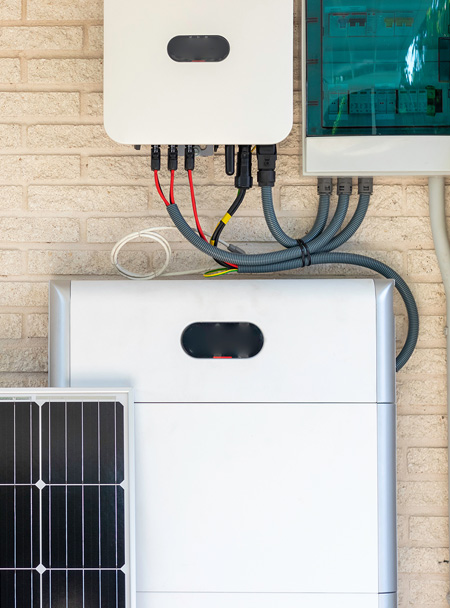Installing a Battery on an Existing System
Absolutely, you can enhance an existing solar system by adding a battery bank. Doing so can mitigate the effects of blackouts, ensuring round-the-clock solar electricity availability. Most solar panels seamlessly integrate with energy storage systems.
While the total cost of a solar battery installation fluctuates based on the manufacturer, battery type, power capacity, and associated fees, typical prices for renowned solar batteries range from $9,500 to $23,000. Importantly, leveraging the 30% Federal Tax credit can substantially offset these costs, making the investment even more appealing.

